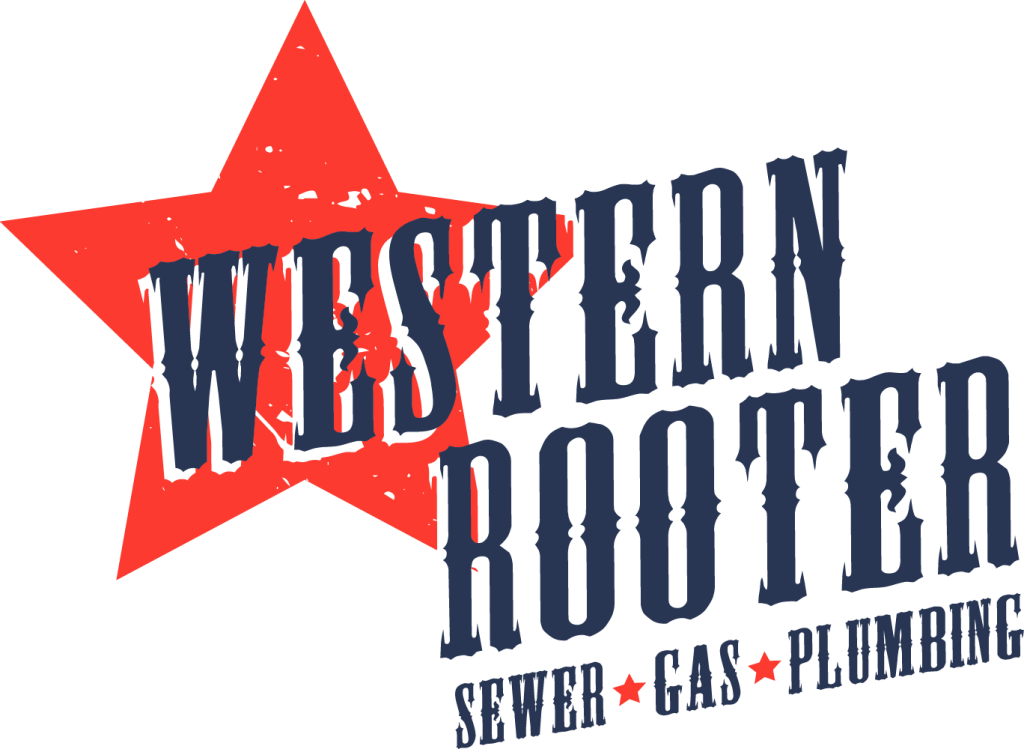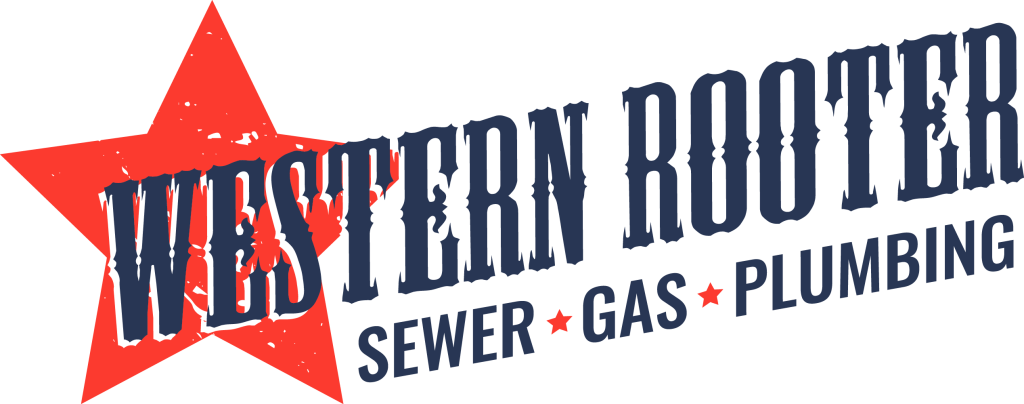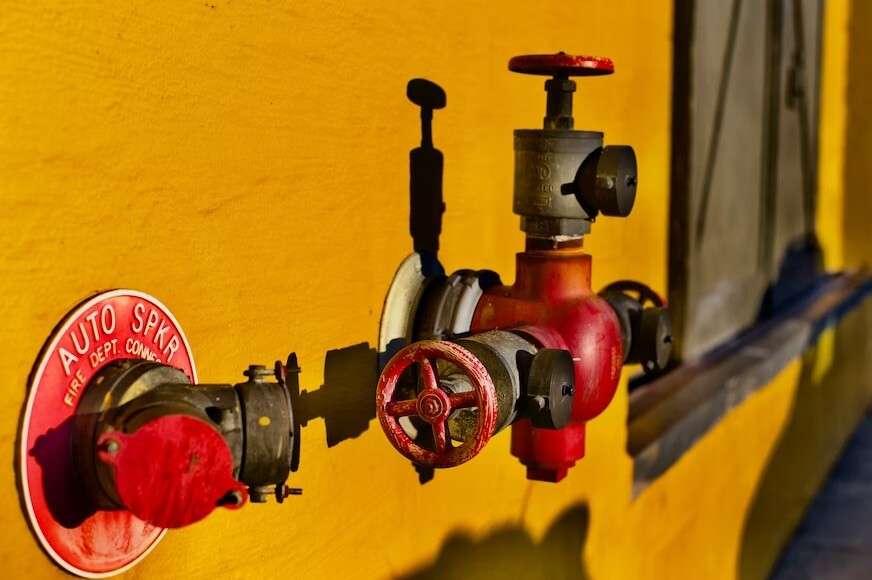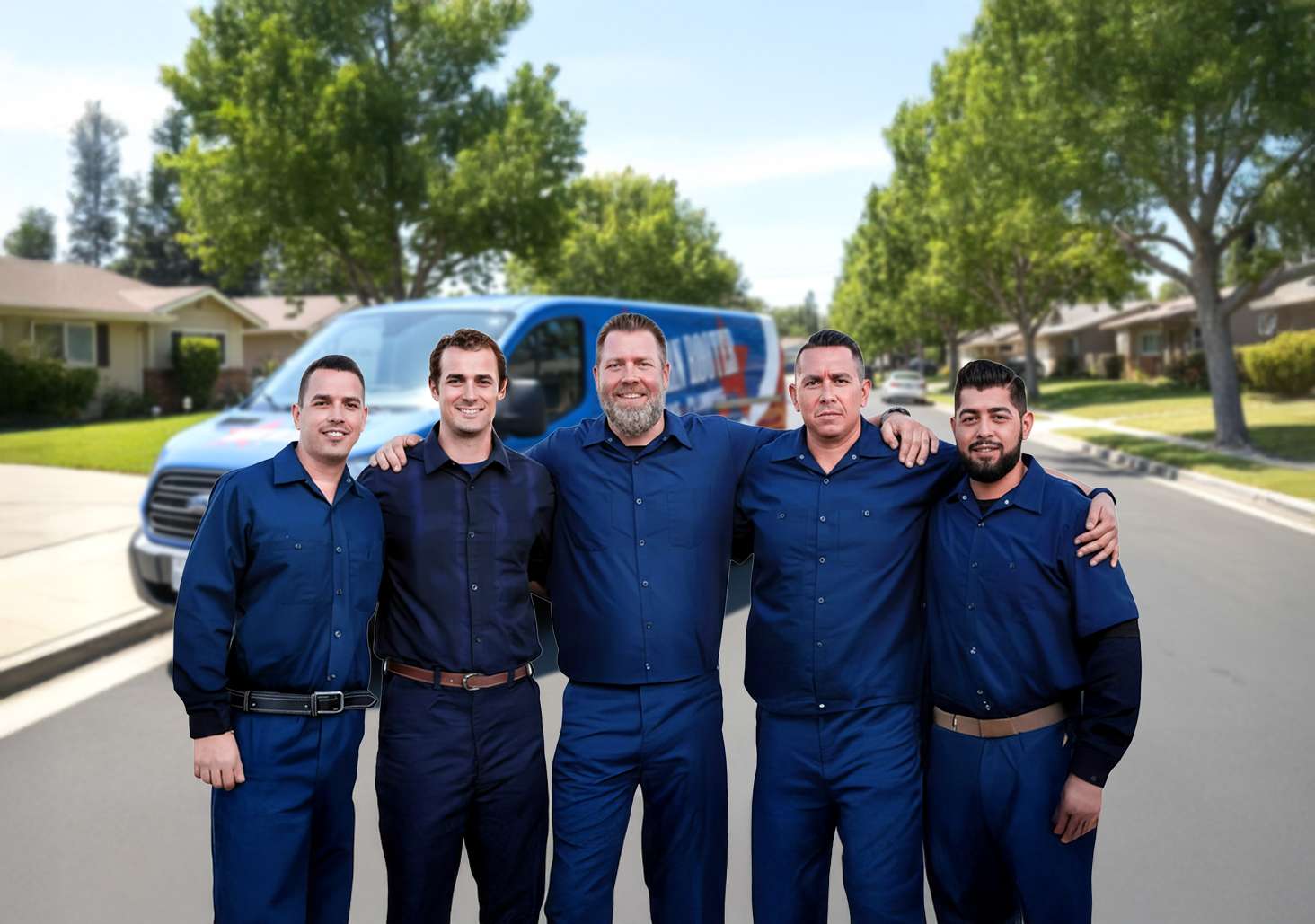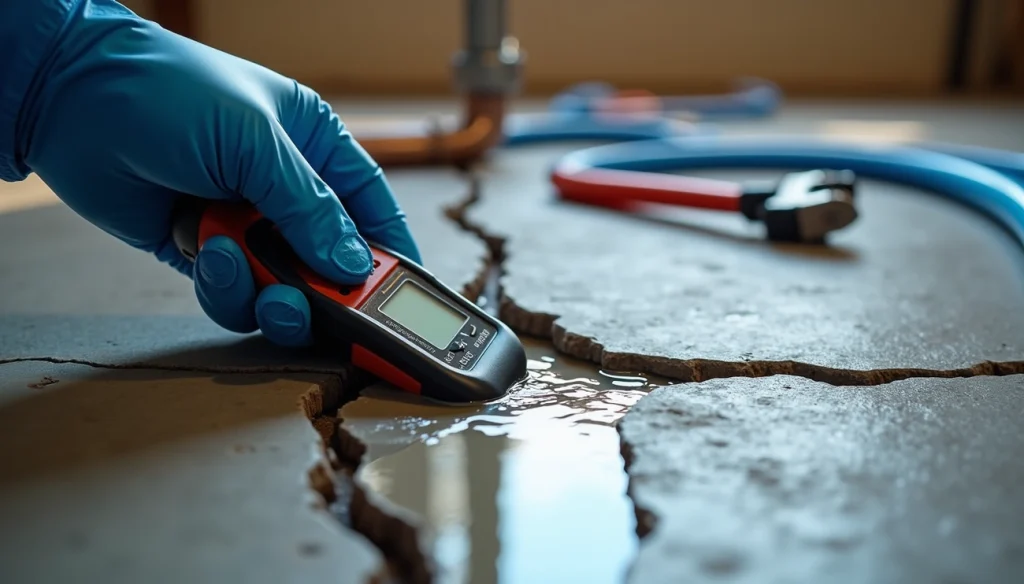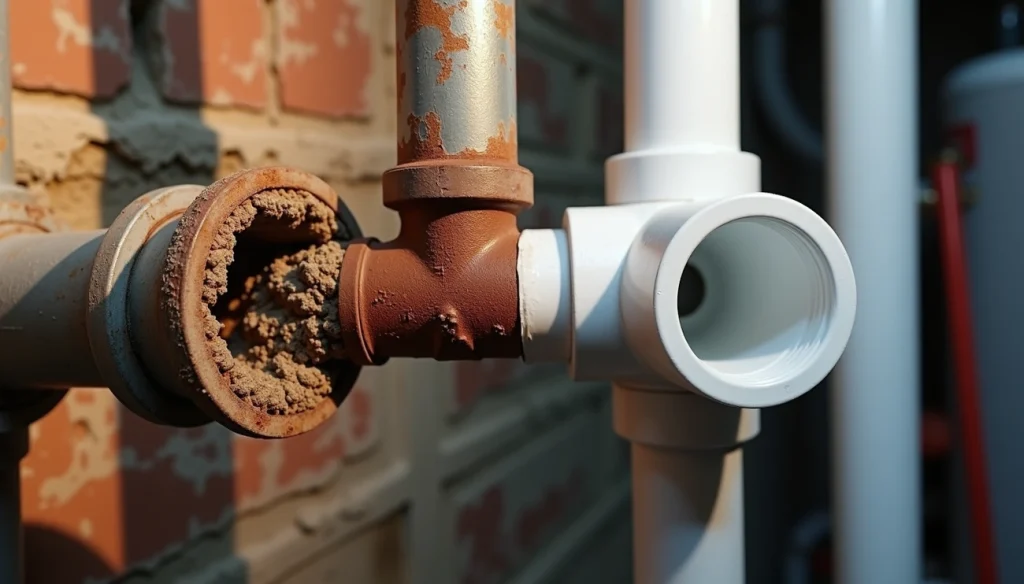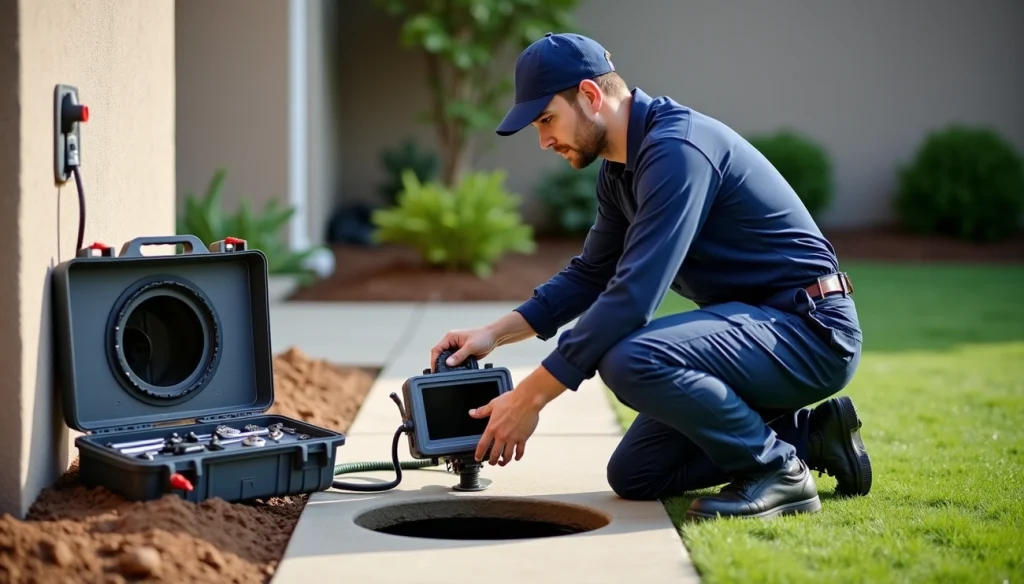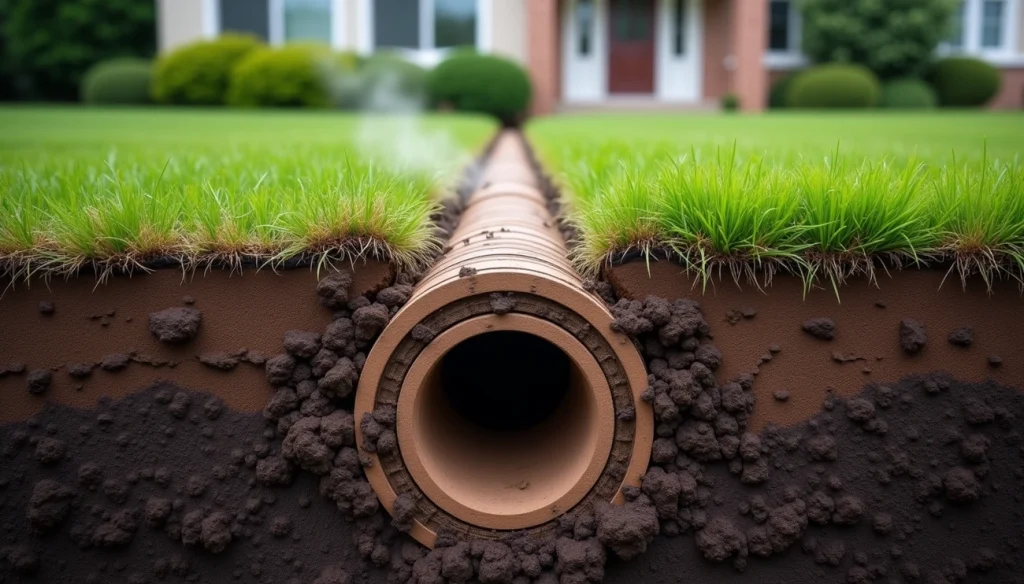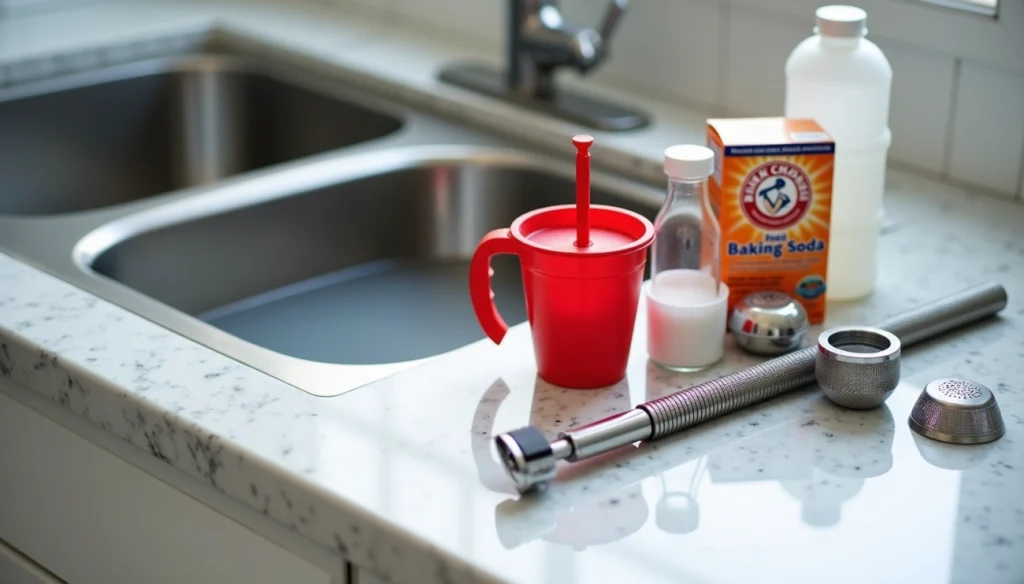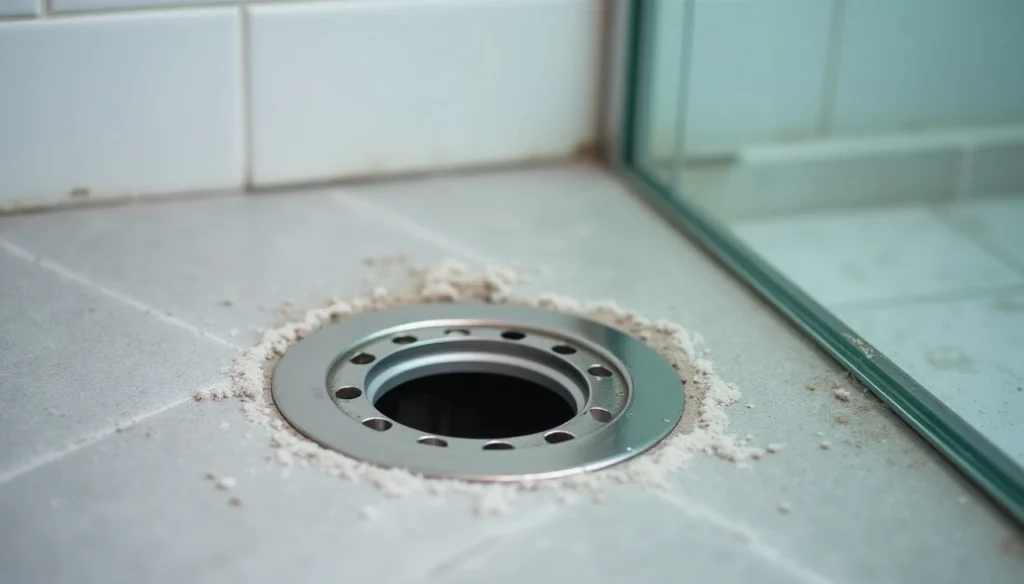Water pressure plays a crucial role in the efficiency and longevity of your plumbing system. While consistent water flow is essential for daily tasks, excessively high pressure can lead to several issues.
This is where a pressure-reducing valve (PRV) comes into play. A PRV is designed to control the water pressure entering your home, ensuring it stays within safe limits. Below, we’ll discuss why a PRV is essential for your plumbing system and how it can safeguard your home.
What is a Pressure Reducing Valve?
A pressure-reducing valve, or PRV, is a device that controls and stabilizes the water pressure entering your home’s plumbing system. It ensures the water pressure remains within a pre-set range.
A typical PRV is installed where the main water line enters your home, adjusting the pressure to the optimal level before it reaches your faucets and appliances. PRVs come in different types and sizes to accommodate varying pressure levels and household needs, making them suitable for all kinds of plumbing systems.
Benefits of Installing a PRV
1- Protects Plumbing Fixtures and Appliances
High water pressure can damage plumbing fixtures such as faucets, showerheads, and household appliances over time. Constantly running water through them at high pressure wears out the components, leading to leaks and reduced lifespan.
By installing a PRV, you can ensure your plumbing fixtures receive water at a stable pressure, reducing wear and tear and prolonging their longevity.
2- Prevents Pipe Damage and Leaks
Excessive water pressure can weaken your pipes over time, causing them to develop leaks or even burst in severe cases. This can lead to costly repairs and water damage to your property.
A PRV reduces the water pressure, preventing your pipes from undergoing unnecessary stress and reducing the likelihood of leaks or bursts.
3- Reduces Water Waste
High water pressure often leads to unnecessary water consumption. Faucets, showers, and other fixtures release more water than necessary, leading to significant wastage. A PRV helps lower the flow, reducing overall water usage.
This can result in significant savings on your water bills and promote water conservation.
4- Energy Efficiency
Managing water pressure can also impact energy consumption. High water pressure makes water heaters work harder, consuming more energy to heat the water to the desired temperature.
With a PRV in place, water flows at a controlled pressure, reducing the workload on water heaters and other appliances. This leads to energy savings and lower utility bills over time.
Signs You Need a PRV
- Excessive Water Pressure: Loud pipes or constantly running toilets can indicate high water pressure. If your water pressure exceeds 80 psi, consider installing a PRV to bring it down to safe levels.
- Frequent Leaks or Drips: If your plumbing system frequently experiences leaks or dripping faucets, it could be due to excessive water pressure. Reducing the pressure with a PRV can prevent future leaks and prolong the lifespan of your plumbing fixtures.
- Shortened Lifespan of Appliances: Frequently replacing appliances like water heaters, dishwashers, or washing machines could indicate high water pressure issues. A PRV will help maintain consistent pressure, extending the life of these appliances.
Tips for Maintaining a PRV
Regular Inspection
It’s crucial to check your PRV periodically for leaks or improper pressure levels. A licensed plumber can inspect the valve and ensure it’s functioning correctly.
Cleaning and Adjustments
Annual cleaning and adjustments can keep the PRV operating efficiently. Debris and mineral buildup can hinder the valve’s performance, so cleaning it regularly is essential.
Replacement Schedule
PRVs typically last 10-15 years, but this can vary depending on water quality and usage. Replace the PRV as needed to ensure your plumbing system remains protected.
Let’s Wrap Things Up
A pressure-reducing valve is a simple yet effective tool that can significantly enhance the efficiency and lifespan of your plumbing system. From protecting fixtures and appliances to preventing pipe damage and reducing water waste, a PRV offers numerous benefits.
If you haven’t already considered installing one, it’s worth exploring how this small device can make a big difference in your home’s plumbing. Ready to safeguard your plumbing system with a pressure-reducing valve? Contact Western Rooter today!
